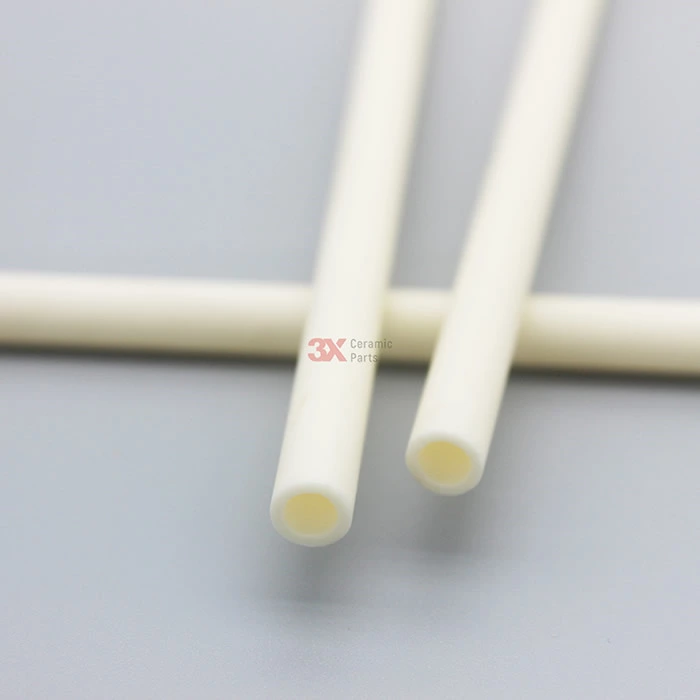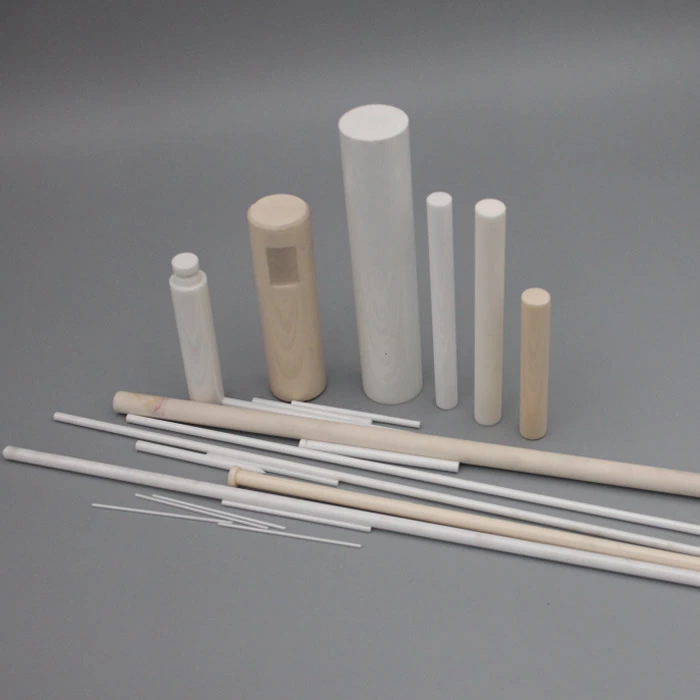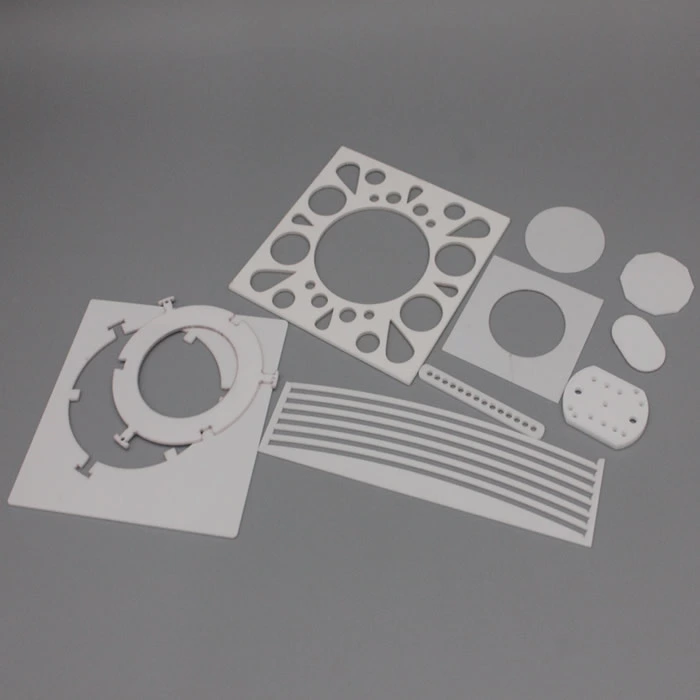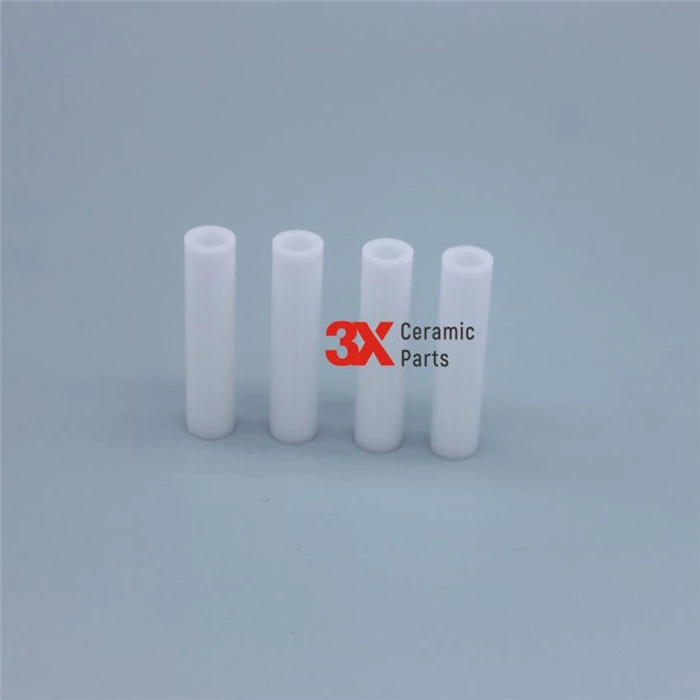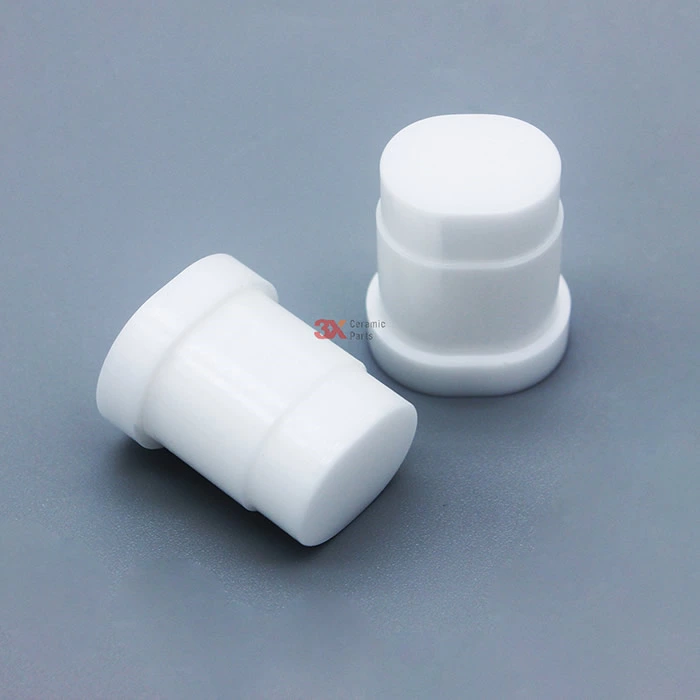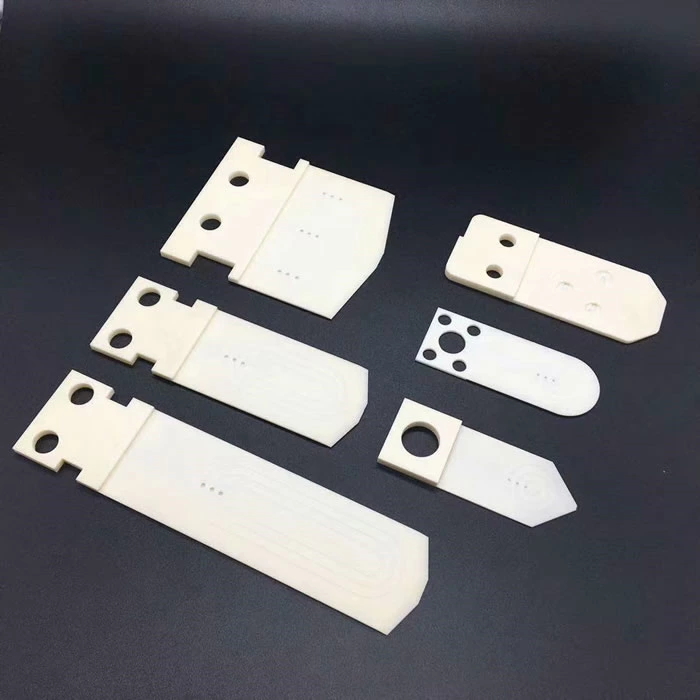New Energy Ceramics
Contemporary technologys new darling New energy ceramics
In today's world, with the increasing awareness of environmental protection and the depletion of traditional energy sources, new energy technologies are receiving more and more attention and pursuit from people. As an emerging material, new energy ceramics play an important role in new energy technology.
New energy ceramics have many excellent characteristics. First, its chemical stability is very high, and it can maintain stability and reliability in extreme environments. Therefore, it is widely used in electrochemical energy conversion devices, such as fuel cells and lithium-ion batteries.
Secondly, the physical properties of new energy ceramics are also very outstanding. It has characteristics such as high strength, high hardness, high temperature resistance, and low thermal expansion coefficient, so it can be used to manufacture high-temperature components and high-speed moving parts.
In addition, the electrical performance of new energy ceramics is also outstanding. It can operate under high voltage and can maintain high conductivity and low dielectric constant at extreme temperatures. Therefore, it can be used to manufacture superconductors, dielectric materials, etc.
In addition to the above excellent characteristics, new energy ceramics also have some other advantages. First, its production cost is relatively low, and high-quality ceramic materials can be obtained through simple manufacturing processes. Secondly, its production process does not emit harmful substances and is environmentally friendly.
Based on the excellent properties of new energy ceramics, it has a wide range of applications in new energy technology. For example, new energy ceramics can be used to manufacture electrolyte membranes in fuel cells, dielectric materials in capacitors, and insulating layers in superconductors.
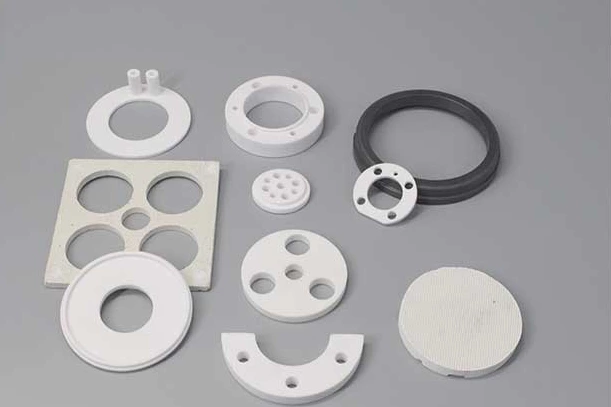
In addition, new energy ceramics have many potential applications. For example, it can be used to manufacture high-performance ceramic fibers, biomedical ceramic materials, etc.
However, there are still some problems with the application of new energy ceramics. For example, the processing difficulty of new energy ceramics is relatively high, and its manufacturing cost is high. In addition, the performance and stability of some new energy ceramics still need to be further improved and optimized.
As an emerging material, new energy ceramics have a wide range of applications in new energy technology. Below, we will further explore the applications of new energy ceramics in different fields.
Fuel cells
Fuel cells are devices that can convert hydrogen or other fuels into electricity. In fuel cells, new energy ceramics are mainly used for the manufacturing of electrolyte membranes.
The electrolyte membrane is one of the key components in fuel cells, and it has high ion conductivity and low electronic conductivity. Currently, the most commonly used electrolyte membrane is the polymer electrolyte membrane, but this membrane has poor stability in high-temperature and low-humidity environments. In contrast, new energy ceramics have better stability in high-temperature and low-humidity environments, making them an important alternative to polymer electrolyte membranes.
Currently, new energy ceramics are mainly used in solid oxide fuel cells (SOFC) and solid polymer electrolyte fuel cells (SPEFC). In SOFC, new energy ceramics are usually used to manufacture electrolyte membranes and electrode materials; in SPEFC, new energy ceramics are mainly used to manufacture electrolyte membranes.
Lithium ion batteries
Lithium-ion batteries are widely used in portable electronic devices, electric vehicles, and energy storage systems. In lithium-ion batteries, new energy ceramics are mainly used for the manufacturing of solid electrolytes.
Currently, the electrolyte used in lithium-ion batteries is mostly liquid or gel, which has disadvantages such as flammability and leakage. Solid electrolytes can overcome these disadvantages and have higher ionic conductivity, making them a promising alternative to liquid electrolytes. New energy ceramics have high ionic conductivity and excellent stability, making them an important material for the manufacturing of solid electrolytes.
Solar Cells
A solar cell is a device that converts light energy into electrical energy. In solar cells, new energy ceramics are mainly used to manufacture cell materials.
At present, there are two main types of solar cells: silicon solar cells and thin-film solar cells. Silicon solar cells have high conversion efficiency, but the manufacturing cost is high; while thin film solar cells have low manufacturing cost, but the conversion efficiency is relatively low.
As an important solar cell material, new energy ceramics have good light absorption and photoelectric conversion performance. Therefore, in thin film solar cells, new energy ceramics are widely used in the manufacture of electrodes and reflective layers of thin film solar cells.
Summing up:
As an emerging material, new energy ceramics have many excellent physical and chemical properties. In different fields, new energy ceramics have a wide range of applications. For example, in fuel cells, new energy ceramics can be used to make electrolyte membrane and electrode materials; in lithium-ion batteries, new energy ceramics can be used to make electrolyte and positive and negative materials; in the field of superconductors, new energy ceramics can be used to make high-temperature superconductors; in solar cells, new energy ceramics can be used to make thin-film solar cells for electric
At present, the commonly used electrolytes for lithium-ion batteries are mainly liquid electrolytes. However, liquid electrolytes have problems such as flammability, easy leakage and narrow temperature range. In contrast, new energy ceramic electrolytes have better thermal stability and safety, and can maintain high ionic conductivity at high temperatures. Therefore, new energy ceramic electrolytes are considered to be an important alternative to liquid electrolytes.
Superconductors
Superconductors are materials that have completely zero resistance and completely repel magnetic fields at low temperatures. In the field of superconductors, new energy ceramics can be used to make high-temperature superconductors; in solar cells, new energy ceramics can be used to make electrodes and reflective layers for thin-film solar cells, etc. All these applications make new energy ceramics have an important position in the new energy field.
Although new energy ceramics are widely used in the field of new energy, there are some challenges. For example, the production cost of new energy ceramics is high, and there are some factors that are difficult to control during the manufacturing process. In addition, since the performance of new energy ceramics is affected by many factors, the stability and repeatability of their performance needs to be further improved.
In the future, with the continuous development of new energy technology, new energy ceramics will have a wider range of applications. At the same time, continued efforts in the development and manufacturing of new energy ceramics are also needed to improve their performance and stability and to reduce manufacturing costs.
Conclusion:
This paper mainly introduces the application of new energy ceramics in the field of new energy. The applications and advantages of new energy ceramics are introduced from four aspects: fuel cells, lithium-ion batteries, superconductors, and solar cells, respectively. As an emerging material, new energy ceramics have many excellent physical and chemical properties, which make them important in the field of new energy. In the future, with the continuous development of new energy technology, new energy ceramics will have a wider range of applications.
However, there are some challenges in the application of new energy ceramics, such as high manufacturing cost and uncertainty in the production process. Therefore, there is a need to strengthen the R&D and manufacturing technology of new energy ceramics to further improve their performance and reduce costs in order to better meet the needs of the new energy field.
Overall, new energy ceramics have a wide application prospect and an important position in the new energy field. Although facing some challenges, but with the continuous progress of new energy technology and the development of new materials, I believe that new energy ceramics will play a more important role in the future and make greater contributions to promote the development of new energy technology.


